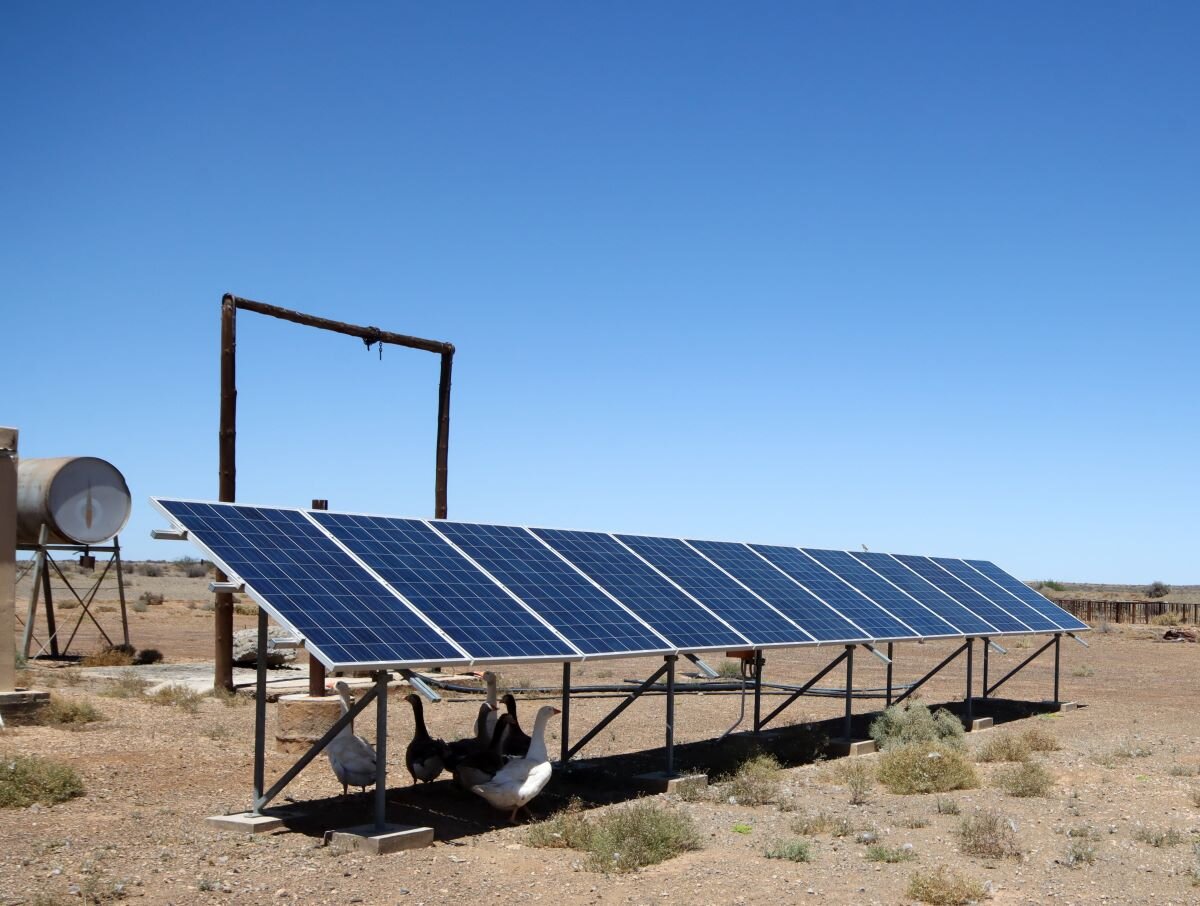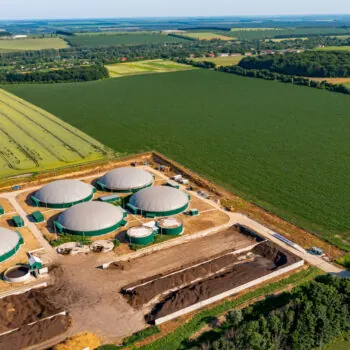Today, nearly one-tenth of the global population do not have access to electricity, mostly concentrated in Sub-Saharan Africa. If we include people with intermittent access, the percentage will rise to a staggering 37%. To reach the sustainable development goal (SDG) of 100% energy access by 2030, Africa would need to connect around 85 million people every year.
Energy access currently heavily relies on grids. Big, traditional grids still need reinforcing and expanding, but they are highly reliant on non-renewable sources and have limitations in reaching people in less densely populated areas. Business as usual would leave 86% of those without energy access still unconnected in 2030 – leaving them more vulnerable to climate change impacts.
Meanwhile, even during the pandemic, the minigrid sector surged ahead with almost double the number of new connections. It also continues to outperform national utilities in terms of the number of reliable connections. This leads to improved healthcare facilities, schools and businesses, and increased downstream job creation. Minigrids also create a resilient energy system that provides vital climate adaptation measures, especially for vulnerable communities, without requiring huge upfront infrastructure investment.
For African countries, the role of distributed renewables and minigrids in addressing energy poverty and climate change is critical. It is about time for this to become a top political item as we are racing to achieve SDG 7 — ensuring access to affordable, reliable, sustainable and modern energy for all. Only then we can go from mini action on minigrids, to doing small things at scale for big impacts. Precisely, we need 210,000 minigrids or $220 billion in investments over the next 7 years.
So, what can top-level politicians and financial institutions do to make a difference?
Concessional capital is critical to accelerate the deployment of minigrids and reduce the customer’s bills. Providing access to lower-priced loans and risk-friendly investors would help realise projects that otherwise would not be able to take off. The importance of this mechanism is well-understood and an increasing amount of finance is being committed to this.
Unfortunately, commitment is not enough. A large disparity remains between committed funding and actual disbursement. According to the Mini-grids Funders Group, from the total committed capital of USD 2.07 billion in 2020, only 13% had been disbursed. This significant delay shows the slow distribution of funding. This process must be improved.
Size is a double-edged sword for minigrids and other decentralised, small-scale solutions. They provide the quickest and cheapest option, but existing processes to get to the scale required — which are adapted from traditional, large-scale utility — simply don’t fit.
The criteria and mechanisms for securing concessional finance often do not reflect the reality of building thousands of decentralised power generators. Developing minigrids at scale would mean applying for a new grant for every kilometre of transmission line, requiring massive human resources that could cost more than a quarter of the grant itself. In order to achieve SDG 7 with this current requirement, we would need 12,000 separate deals to happen.
This cumbersome process and limited access to concessional capital for minigrids makes it difficult for development financial institutions (DFIs) and multilateral development banks (MDBs) to effectively deploy the needed capital. This in turn slows down new commitments to the sector. Processes need to become faster, and the sizes of deals need to get larger.
Africa has the opportunity to leapfrog the centralised carbon-intensive electricity generation process, to a new era of clean, equitable distributed electrification. To reach this, the provision of concessional capital must be accompanied by a broader action plan.
National government should:
- Systematically integrate clean energy access into the planning and financing of climate actions, as well as national development plans. Achieving universal energy access with distributed renewables is a crucial part of national climate mitigation and adaptation. This should also encourage productive use that stimulates economic activity in the area, including analysis of local value chains that could provide macroeconomic benefits.
- Create a regulatory structure that reflects the decentralised nature of minigrids by allowing for the bundling of sites and applying for licenses as part of a portfolio. With a shortened process, the industry could remove the bottleneck in scaling up minigrids, and provide bigger project portfolios to investors that improve the bankability and ticket size of projects.
DFIs should:
- Develop faster and easier funding disbursement mechanisms. DFIs could increase standardisation and aggregation, while increasing partnerships with subnational institutions that are well-placed to be the project-makers.
- Increase coordination with other donors to fill data gaps, co-develop programmes, and share best practices. In their joint-statement for COP27, MDBs stress the need to integrate climate and development. This must include energy access, which is central to both. The World Bank’s Country Climate and Development Reports (CCDRs) should be country-owned and conducted with all development partners.
This article is co-authored by E3G (Third Generation Environmentalism) and AMDA (African Minigrid Developers Association). This article was originally published by ESI Africa. Read the original here.


